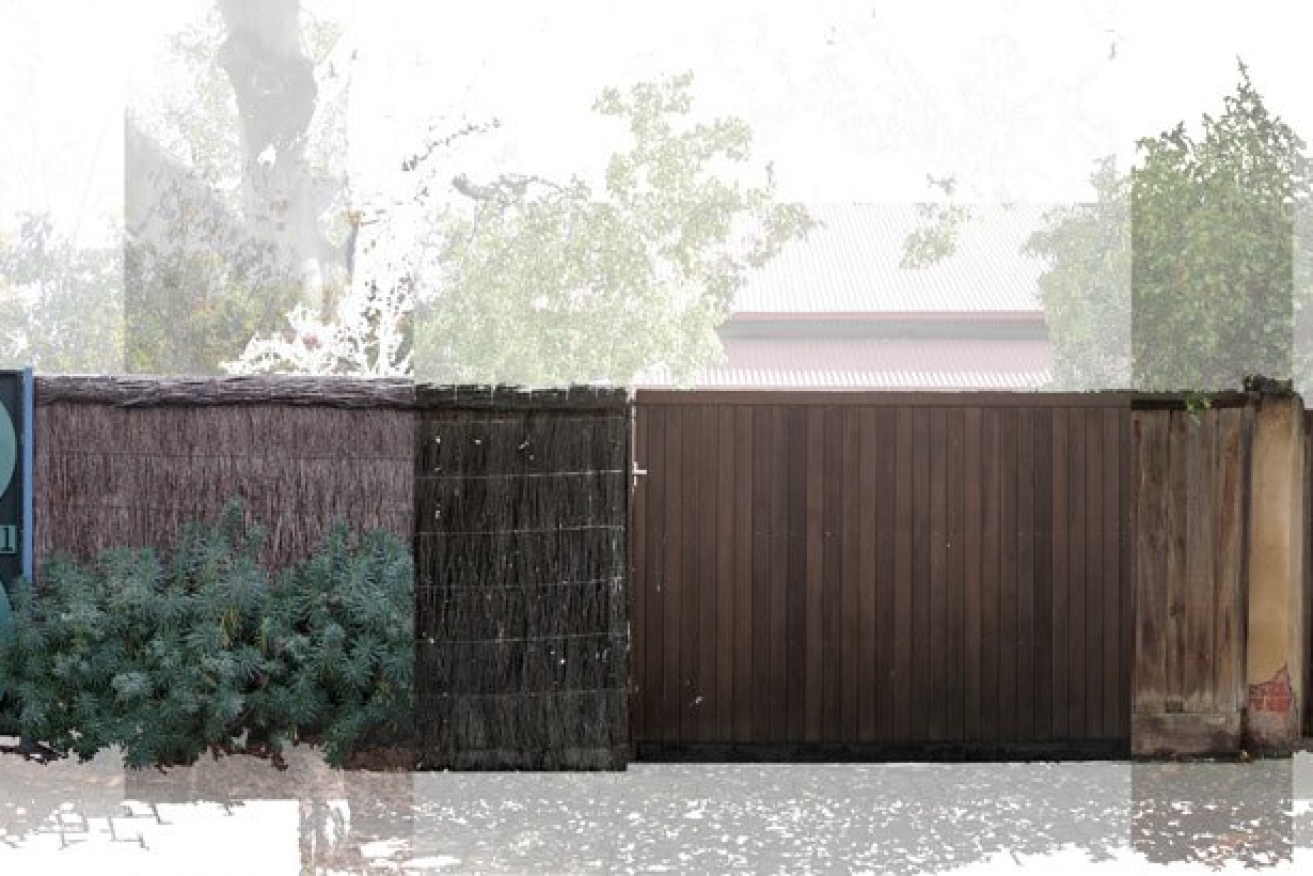As I walk down the street I am faced with fences of varying heights, materials and security, yet all seem to say the same thing: “This is mine and this is yours”.
It becomes clear there is a line I am not allowed to cross. But is that their intention? To make me feel excluded and unwelcome in the supposedly most public aspect of a property?
What do I know about my neighbours?
I know that when their dog gets out, I return him, only to be faced by a locked gate on the street that I have to get buzzed through – if I am let in at all.
From the short interactions I have had with them, they seem like reasonably friendly people who would have no problem lending me a cup of sugar if I needed it. But a seemingly small thing, like a fence, gives an impression of them that they may not intend to display.
From my bedroom window, I can see and hear my various neighbours (and their dogs) going for their daily walk. I have, from the privacy of my room, the opportunity to watch and listen to the activities of the street.
My window is less than 2m from our boundary fence, which is made up of breezeblocks reaching a mere 50cm.
I wonder how my fellow St Peters residents connect with the outside world, if at all, behind their 2m-tall thatched fences.
When I first moved to Adelaide, people were keen to tell me how “lovely” my new suburb of St Peters was. While I definitely don’t contest that it is exactly that, lovely, I have struggled to find opportunities to connect with this suburban community.
St Peters is made up of two very distinct zones: the beautiful leafy streets owned and maintained by local council, and the zone behind the tall thatched fences that officially becomes “private”, “beware of the dog”, “bore water in use”, “please don’t throw parcels over the fence”.
Neither of these zones is particularly inviting.
One never feels particularly comfortable entering a stranger’s front yard, let alone when you have to press a buzzer, state who you are and have the door released before you can do so.
One never feels particularly comfortable on streets that are wide and long and dormant; streets that are devoid of human activity; streets that have surpassed a reasonable human scale, making them overwhelming spaces to begin to inhabit.
As the architect Jan Gehl has observed, when people are stimulated by people, a self-reinforcing process can begin.
In the privacy of their own home, people enjoy some connection with the outside world, yet when in the public realm they will inevitably try to find a moment of privacy.
It is somewhere between these two worlds that people find the most comfort.
The space “in between” offers a moment where people can be involved in the private and public realm at the same time. It is here that people find the opportunity to be with others in a relaxed and undemanding way.
The front yard is the perfect interstitial space for a household; the space in which one can transition from public to private, and vice versa, in a secure yet welcoming way.
It is this interstitial space that is missing from St Peters.
In St Peters, the front yard has become another layer of security, another checkpoint for strangers to pass.
Even behind fences that are unobtrusive and open, there is nothing that communicates the personality of the unknown occupants behind the forbidding front door.
But all is not lost – there is still time!
Residents of St Peters, you can break free of your thatched shackles and embrace the wonderful natural framework we are so lucky to have.
Community interaction isn’t restricted to taking your dog to the park, dropping your kids at the local school or attending the monthly rummage sale.
It can be a casual but regular “Good morning. Crazy weather we’re having!” to Mr Jones from Second Avenue, who likes to go for a walk at exactly 9am when the traffic has died down. Or perhaps an anecdotal exchange with a lady at the bus stop about how she remembers the trams being removed only months after she moved in, nearly 60 years ago. Or maybe you will meet the young woman who has just moved in across the street who is trying to become a part of a community that appears silent.
I hope that next week, on my way to work, I will start to see gates ajar, thatched fences ever so slightly peeling apart to reveal glimpses of the people who live behind them.
On Saturday morning I might hear Latin music that a lady on Fifth Avenue likes to play while she cleans the house.
Maybe I will eat my breakfast on the front porch rather than the back, even though it doesn’t get the morning winter sun.
And maybe I will pass a household with the gate and front door open, allowing noises of cooking and children playing to flood the streets.
These intangible interactions remind us that there is a wide variety of people and personalities living in our immediate vicinity.
They remind us of the stories that are sitting on our front doorstep waiting to be heard, if we would just take a moment to listen.
– Katy Moir is a Graduate Architect at Troppo Architects.





